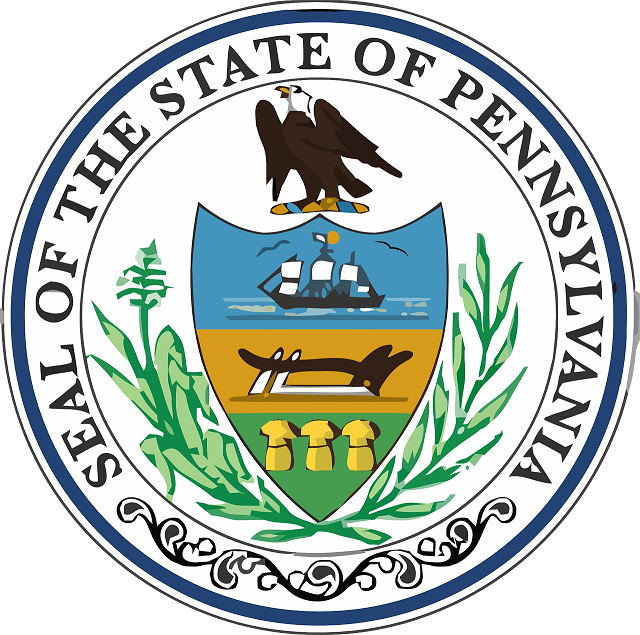Update: The Public Utilities Commission recently extended Pennsylvania’s energy efficiency and conservation programs for an additional five years – the longest phase yet, and among the longest in the country. Pennsylvania can expect to save 6.6 million megawatt-hours of electricity and reduce carbon dioxide emissions by over 5.1 million metric tons.
 Utilities across the country offer energy efficiency programs, many of which obtain good results simply by replacing incandescent light bulbs with compact fluorescents (CFLs) or light-emitting diodes (LEDs). In Pennsylvania, however, Environmental Defense Fund (EDF) and other environmental groups are going further by seeking more comprehensive and longer-term efficiency measures.
Utilities across the country offer energy efficiency programs, many of which obtain good results simply by replacing incandescent light bulbs with compact fluorescents (CFLs) or light-emitting diodes (LEDs). In Pennsylvania, however, Environmental Defense Fund (EDF) and other environmental groups are going further by seeking more comprehensive and longer-term efficiency measures.
Compared with neighboring states, Pennsylvania’s efficiency programs tilt heavily – 65 percent – toward the residential sector. Since residents account for only 37 percent of the state’s total electricity, environmental groups see substantial efficiency opportunities exist in the commercial and industrial (C&I) sectors.
Also, compared with other states, Pennsylvania’s Public Utility Commission (Commission) has proposed a relatively modest efficiency goal of 0.82 percent reduction per year in total electricity use. The median electricity savings target for the country is about 1.4 percent per year. Neighboring Maryland approved an annual 1.6 percent reduction, while nearby Michigan set a target of 1 percent.
Environmental groups call for higher savings from commercial and industrial sector
Environmental groups are calling on the Commission to set a higher savings target for the C&I sectors. Costs are typically lower in these sectors, in part because electricity use tends to be concentrated at a small number of facilities. C&I customers also tend to use a proportionally larger amount of electricity than residential customers.
The groups – EDF, Citizens for Pennsylvania’s Future (PennFuture), Sierra Club, Clean Air Council, and Natural Resources Defense Council – are proposing measures that in some cases would help new commercial buildings exceed the state’s energy savings standards. Other measures focus on large commercial retrofits.
The groups also emphasize the efficiency benefits of combined heat and power (CHP) units, which simultaneously produce heat and electricity from a single fuel source. Since these units integrate the production of electric and thermal energy, they are significantly less wasteful than producing each separately.
Such non-lighting programs might incur initial costs but they can result in greater lifetime energy savings than lighting measures on their own, transform energy efficiency markets, and drive new technologies. Without support from the environmental community, these advanced energy efficiency measures are unlikely to be implemented.
Third phase of clean energy legislation
EDF, along with its environmental partners, submitted comments calling for more comprehensive energy efficiency measures as part of the third phase of clean energy legislation that set standards and goals for energy efficiency, initially passed in 2008. The third phase of this legislation, called Act 129, is currently under review by the Commission and is scheduled to launch a year from now.
Under the first two phases, Pennsylvania utilities ran successful efficiency programs that exceeded initial energy savings targets. However, Act 129 imposes a cap on spending that says utilities don’t have to spend more than two percent of their annual revenue on efficiency programs. This limit forces power companies and regulators to rethink how best to achieve the most benefit for a wide range of market segments.
EDF and its environmental partners argue energy efficiency programs need to go beyond the simple and low-cost measures such as lighting or behavioral changes – though such initiatives are very critical to lower energy use. Comprehensive measures may initially be more complex and expensive, but offer higher savings and better returns over the long term.









